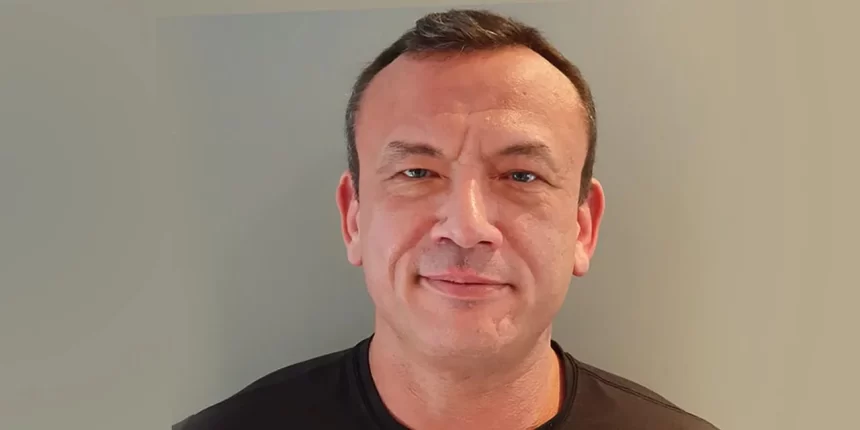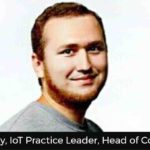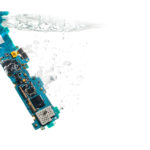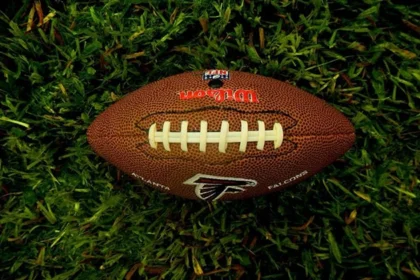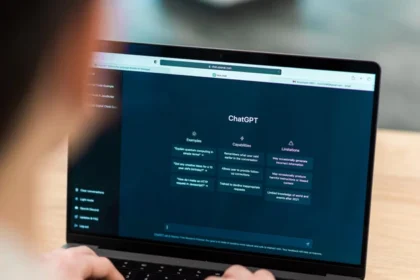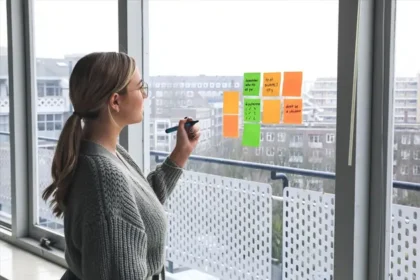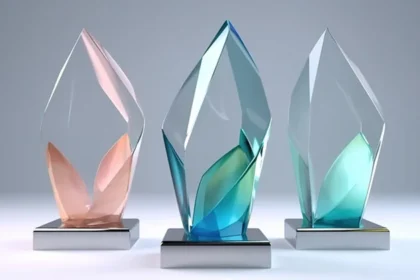Define Internet of Things?
Internet of Things (IoT) refers to a network comprised of physical objects capable of gathering, reacting to and sharing digital information. These devices commonly convert analogue information from the physical world into digital information which can be processed by computer.
Companies look to IoT to reduce overall costs, improve employee productivity, improve customer or citizen experience, increase competitiveness or improve business processes.
IoT has many uses but it is particularly suited to replacing periodic inspection duties such as refuse collection or streetlight repair as well as providing asset tracking capability.
For Applicita IoT solutions demand for our skills and services has increased dramatically since 2014.
We have been modernizing a complex IoT solution to enable us to scale beyond 1,000,000 active devices analysing 27 million messages per day for the largest Pay-As-You-Go Solar product provider in the world.
As a company specialising in Microsoft IoT and Cloud technologies, we’ve been working with Wilderness on their Meadow product since 2018 which will allow companies with existing Microsoft .NET skills to build IoT physical devices.
Top Trends
Physical device capability and complexity continues to increase. In the early stages of the IoT revolution most connected physical objects streamed data from simple sensors over time into a central data collection endpoint with little or no ability to receive commands from the remote source.
Today, physical devices can make decisions locally without a dependency on a communication network and store richer information about its current status which can be forwarded to a data collector at a later stage, this is sometimes referred to as edge computing.
Future Direction
AI and Data Science will become more readily available as tools improve and skills continue to grow. IoT solutions can produce large amounts of data which can prove to be challenging to transform into meaningful analytics and business insight.
Communication Networks will become more intelligent; in future physical devices will be able to make decisions about which communication technology they use to send data to their data collection point. The options could be WIFI, Cellular or LPWAN providers and this will persist until global access to the internet becomes a reality.
The Digital Twin pattern will continue to grow; this refers to a design pattern where a virtual copy of a physical device is created digitally allow simulations to be run without effecting the deployed physical devices.
The adoption of IoT in the healthcare sector will increase as biosensor technology becomes more reliable allowing the health sector to prioritise health care in an aging population to those patients with the most urgent needs.
Challenges – What prevents IoT adoption?
In open networks such as the internet, data security is critical and the skills to do this correctly are limited. To counter this some of the platform providers and technology partners have made secure device communication and management the priority features for their IoT platform offerings.
If we make the assumption that even the most technically advanced partners, platforms and physical devices will have a security exploit exposed during its lifetime then it’s critical that every IoT solution has a reliable way to deliver security patches to physical devices preferably without requiring a physical interaction, this is known at Over-The-Air (OTA) updates.
IoT is unique in that the skills required to successfully implement a solution are very broad; Hardware, Embedded Software, Enterprise Software, Security, Wide Area Networking, Data Science and Artificial Intelligence are all typically required.
Ensuring the public is comfortable with the impact of IoT is critical to the expansion of IoT into the consumer space and comes in two forms. (1) Security – keeping data safe, and (2) Data Collection transparency. IoT devices and the data collected are often very opaque and the architecture and governance patterns need to be developed which allow an “opt-out” or “opt-in” positive consumer experience.
Players
Given the projected market size of $1319.08 Billion by 2026, it’s no surprise that big players are entering the market alongside niche suppliers and start-ups. Cloud providers are scrambling to develop platforms to support IoT development. IoT will become more fragmented, as more technology providers enter the market each trying to differentiate themselves. This typically hurts standards and overall adoption as IoT consumers struggle with strategic planning and adapting skill sets. Inevitably, the key cloud providers will emerge as the top players, through investment in their platforms as well as their ability to acquire other players with key technologies within the IoT market.
IoT is a compelling and valuable technology with massive potential to improve lives and positively impact the future of our planet and I am excited to be a part of that journey.
Keep Track of The Latest News Related To IoT With The CEO Views
The CEO Views is a platform which enables IoT decision-makers and implementers, including those working on C-Suite and IT managers to connect. We offer the latest news, analysis and case studies related to the latest developments in the field of IoT, such as security, analytics and development tools. We perform considerable research to offer unique insights about the state of IoT implementation as well as the challenges and opportunities that businesses have.
We also share news updates related to the largest IoT events and feature advice and best practices that are recommended by experts who organize these events. We also highlight predictions on the role of IoT, Big Data, Artificial Intelligence, machine learning, blockchain and other technologies by experts. Therefore, if you are looking for the best IoT magazine to have access to the latest insights that can help you drive growth in a rapidly changing business environment, then you can rely on us.



